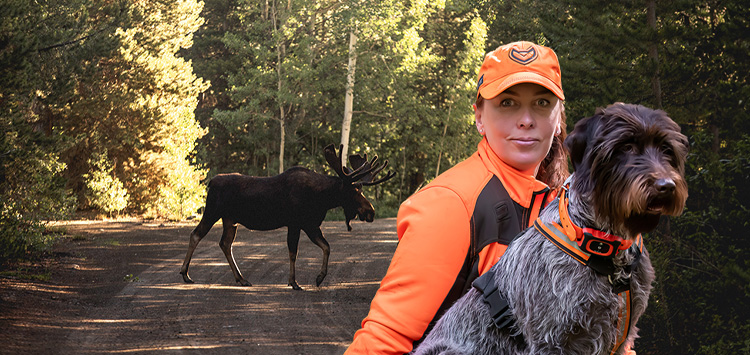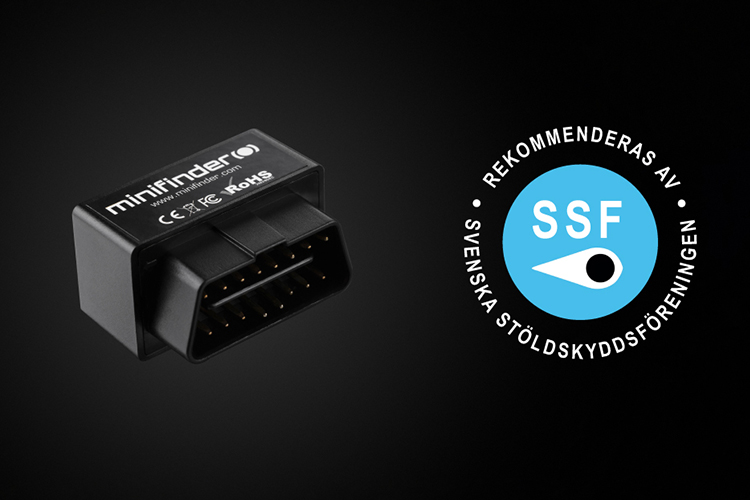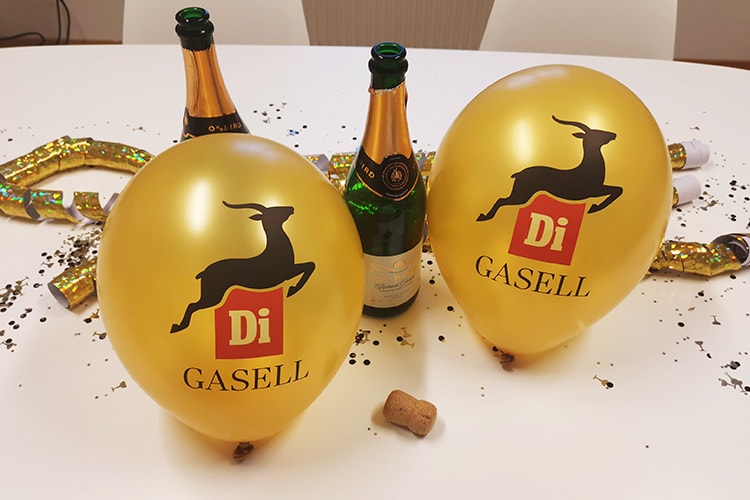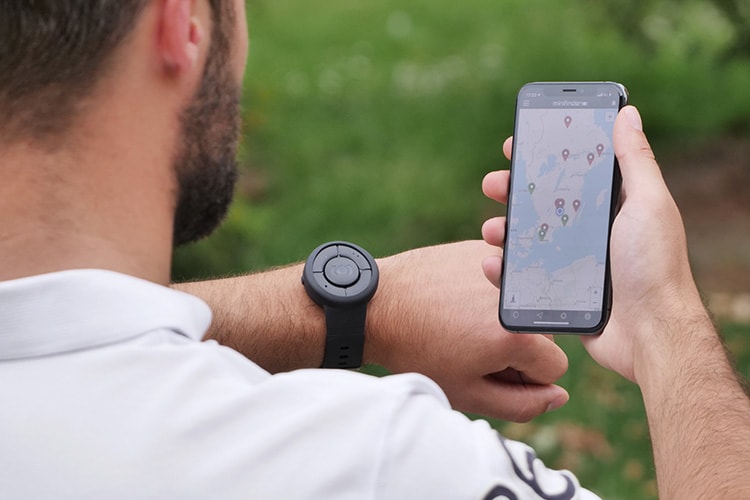
Sep 30, 2024
Every year, the number of wildlife accidents increases between September and December compared to the rest of the year. But how should you act in the event of a wildlife accident?
Together with dog handler and wildlife hunter Helena Lyckoskog, we have compiled the most important points to keep in mind in the event of a wildlife accident.
- Call an emergency number immediately. Don’t wait; do it on-site right away. It’s a good idea to download the SOS app, which can give you the exact coordinates of your location.
- Mark the location clearly. You can use a wildlife accident tape, but if you don’t have one in your car, you can use something else like a plastic bag. I personally keep reflective markers in my glove compartment, which I use along with the tape. These are highly visible in car headlights when we’re searching for the accident site in the dark.
- If the animal is still by the roadside and alive, avoid approaching it unless you can put it down yourself. The animal might run off, making the tracking work more complicated. Also, don’t try to search for the animal on your own; if it has left the scene, it’s best to let the wildlife hunter handle it.
- Be reachable by phone if we, the wildlife hunters, need to contact you for more information about the accident.
What is a Wildlife Hunter?
A wildlife hunter is a person with specialized training and experience to track and euthanize injured wild animals, typically after traffic accidents. These hunters have particular knowledge about animal behavior and how to handle injured wildlife safely and humanely. Wildlife hunters work closely with the police and other authorities, playing a vital role in reducing the animal’s suffering and improving road safety by removing injured or dead animals from roads.
What Does a Wildlife Hunter Do?
Wildlife hunters are called to an accident scene when a wild animal has been injured, usually after a collision with a vehicle. The hunter’s first task is to locate the injured animal, often done with the help of a trained dog specialized in tracking. Once the animal is found, the hunter assesses its condition. If the animal is severely injured, it is quickly and painlessly euthanized to reduce suffering. Additionally, wildlife hunters ensure the accident scene is safe for other road users and those conducting the search.
What Should You Keep in Mind After a Wildlife Accident, According to the National Wildlife Accident Council?
What Do I Do If I’ve Collided with an Animal?
If you’ve collided with an animal, move your vehicle to the side if possible and turn on your hazard lights. Place a warning triangle at a safe distance from the accident scene, and mark the location where the animal was or where it disappeared. If the accident involves larger wild animals, such as wild boar or bears, it can be useful to place the marker about 100 meters from the scene.
Which Animals Need to Be Reported in the Event of an Accident?
This depends from country to country, but if you are in Sweden the following is accurate. If you collide with large wild animals such as moose, deer, wild boar, bears, or wolves, you are required to report the accident. This applies even if the animal has left the scene, as it may be injured. Marking the location makes it easier for hunters to find the animal. You also need to report a collision with a reindeer to the police.
Do I Need to Report If I Hit Smaller Animals Like Hares or Foxes?
No, smaller animals such as hares, foxes, or badgers do not need to be reported in the event of a collision in Sweden. These animals are not subject to the same reporting requirements as larger wild animals.
How Do I Report a Collision with Wildlife?
You report a wildlife accident by calling the police via an emergency number, in Sweden; 112 is the correct number. Even if the animal appears to be dead, it is important to report it so that a qualified hunter can be dispatched to check and handle the animal. If you use the "SOS Alarm" app to report the accident, your exact location can automatically be sent to the appropriate authorities (given that you are located in Sweden). This helps with tracking the animal and can reduce the risk of further accidents or dangerous traffic situations due to the collision.
Should I Mark the Accident Location?
Yes, it’s important to mark the location of the collision. If you don’t have a wildlife accident tape, you can use something else that is easily visible, such as a plastic bag. However, specific wildlife accident markers are preferred as they are clear and provide vital information.
What Should I Be Aware of When Passing an Accident Scene?
When driving past a wildlife accident scene, reduce your speed and proceed with caution. There may be hunters and dogs working close to the road, searching for or handling the injured animal. Their work environment is the road, and their task is to track and euthanize the traffic-injured wildlife. It is crucial to be extra vigilant and maintain a low speed. Injured and stressed animals may also be near the road, so stay alert.
Can I Be Contacted After Reporting the Accident?
Yes, after reporting a wildlife accident, you may be contacted for additional information. They may call you to ask more questions, which could help them find the accident site faster. Therefore, it’s good to answer the phone even if it’s an unfamiliar och hidden number.
Can I Euthanize an Injured Animal After a Collision Myself?
If you have the knowledge and experience on how to safely euthanize an injured animal, you may do so. However, if you are not sure how to proceed, it is best to wait for the hunter who have the proper knowledge and tools to do it humanely.



